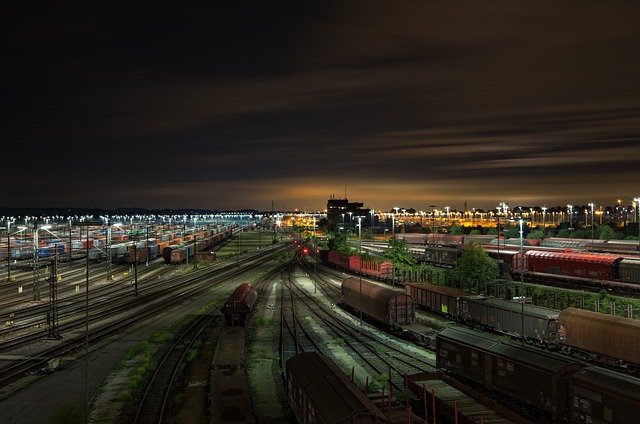Multimodal Hubs That Improve City Access
Multimodal hubs combine different transport modes and services in a single location to make urban travel more convenient, reliable, and efficient. By linking public transit, micromobility options, freight consolidation, and digital ticketing, these hubs help improve accessibility across neighborhoods and support decarbonization goals.

Multimodal hubs are physical and digital nodes where people and goods switch between transport modes, reducing friction in urban travel and delivery. Well-designed hubs improve accessibility by clustering transit, shared micromobility, freight consolidation points, and charging or maintenance facilities. They can shorten lastmile trips, smooth scheduling conflicts, and enable better analytics for routing and service planning. For cities facing congestion and emissions challenges, hubs act as coordination points that support electrification and operational consolidation while preserving pedestrian-friendly public space.
Mobility and micromobility integration
Multimodal hubs coordinate public transit with micromobility—bikes, e-bikes, and scooters—to provide seamless first- and lastmile options. Integrating secure parking, charging, and simple wayfinding encourages users to combine a bus or rail ride with a short micromobility leg, reducing single-occupancy vehicle trips. Hubs that include incentives or integrated ticketing can nudge behavior toward shared modes. Careful placement of micromobility docks and safe, connected lanes reduces conflicts with pedestrians and supports universal accessibility for users with different needs.
Logistics, freight, and consolidation
Hubs can host urban consolidation centers where freight is combined and transferred to smaller, low-emission vehicles for local delivery. This reduces the number of large trucks entering dense neighborhoods and lowers curbside conflicts. Consolidation reduces handling costs for carriers and allows scheduling of deliveries to off-peak hours, improving traffic flow. Effective hub design includes loading bays, micro-warehousing, and coordination systems so freight movements align with passenger flows and city regulations.
Electrification and decarbonization roles
As cities pursue decarbonization, multimodal hubs become focal points for electrification infrastructure. Charging stations for buses, delivery vehicles, and micromobility fleets can be colocated with maintenance areas and energy management systems. Hubs enable shared renewable energy sources and smart-grid connections that stabilize charging loads. By concentrating electrified assets, cities can accelerate fleet transitions while ensuring that route scheduling and depot operations support reliable service without excessive infrastructure duplication.
Autonomy and lastmile connections
Hubs offer controlled environments for piloting autonomous shuttles and lastmile robots, linking them to established transit lines. Short, predictable routes radiating from a hub simplify autonomy challenges like routing, obstacle detection, and passenger interaction. Coordinated scheduling reduces idle time and improves safety oversight. When combined with analytics and real-time telemetry, hubs can orchestrate vehicle dispatch to match demand patterns, making autonomy more practical for both people-moving and goods-moving applications.
Ticketing, routing, and scheduling
Digital ticketing and routing platforms that work across modes are essential to hub success. Unified fare systems, single-scan access, and real-time trip planners reduce friction when transferring between transit, micromobility, and on-demand services. Hubs that provide multimodal information displays and mobile integration help users plan efficient routes while operators optimize schedules through shared data. Analytics from ticketing and routing systems support dynamic scheduling, enabling capacity adjustments that reflect peak demand and special events.
Hubs, accessibility, analytics, and planning
Good hub design balances physical accessibility with operational analytics. Universal design features—step-free access, tactile wayfinding, and clear signage—ensure equitable use. Data analytics from sensors, ticketing, and freight systems inform planners about flow patterns, bottlenecks, and opportunities for consolidation. Insights can guide investment in infrastructure, prioritize electrification locations, and improve scheduling across different providers. Effective planning involves stakeholder coordination so hubs serve local services, integrate with nearby land uses, and adapt to changing mobility technologies.
Multimodal hubs are not one-size-fits-all; their value depends on local context, supportive policy, and cooperative planning among transit agencies, micromobility operators, freight companies, and energy providers. When designed to prioritize seamless transfers, electrification, and inclusive access, hubs can reduce vehicle miles traveled, streamline lastmile delivery, and provide a platform for deploying autonomy and better analytics. Policymakers and operators should evaluate performance metrics and user feedback to refine hub functions over time, ensuring they continue to improve city access for diverse communities.





